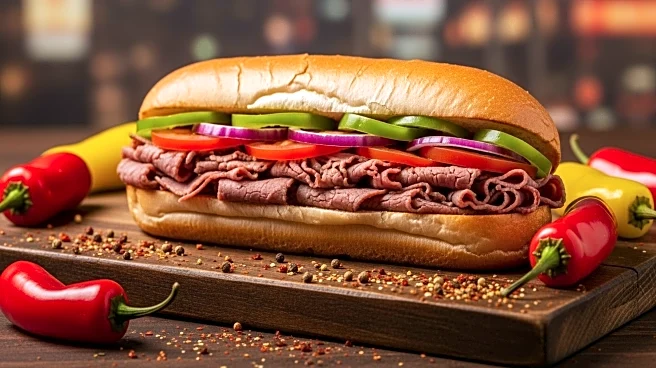The Chicago-style hot dog has a rich history marked by significant milestones that reflect its evolution and enduring appeal. Known for its unique combination of toppings, this hot dog has become a symbol of Chicago's vibrant food culture. From early milestones to recent developments, the Chicago-style hot dog continues to captivate food enthusiasts and visitors to the city.
Early Milestones
The origins of the Chicago-style hot dog can be traced back to the bustling streets of Chicago, where it emerged as a popular street food. The dish was crafted to reflect the city's diverse cultural influences, offering a convenient and flavorful meal for busy city dwellers. Its unique combination of toppings set it apart from other hot dog variations and established its identity as a Chicago staple.
Breakthrough Moments
A major breakthrough moment in the history of the Chicago-style hot dog was the establishment of Vienna Beef in 1893. As the primary manufacturer of the hot dog used in this dish, Vienna Beef played a crucial role in popularizing the hot dog and ensuring its availability in supermarkets and restaurants. Their distribution efforts in the 1950s and 1960s expanded the hot dog's reach beyond Chicago, introducing it to other Midwestern states.
Recent Developments
In recent years, the Chicago-style hot dog has gained media attention and recognition as a cultural icon. The dish has been featured in cookbooks and food shows that celebrate American classics, further enhancing its reputation and appeal. This exposure has solidified its status as a must-try culinary experience for visitors to Chicago, attracting both locals and tourists.
Lasting Impact
The lasting impact of the Chicago-style hot dog is evident in its widespread popularity and cultural significance. The hot dog continues to be a beloved tradition in Chicago and beyond, offering a taste experience that is both vibrant and satisfying. Its unique combination of toppings and preparation methods highlight its individuality and its role in celebrating Chicago's culinary heritage.
 Discover Daily • 8 min read
Discover Daily • 8 min read 








